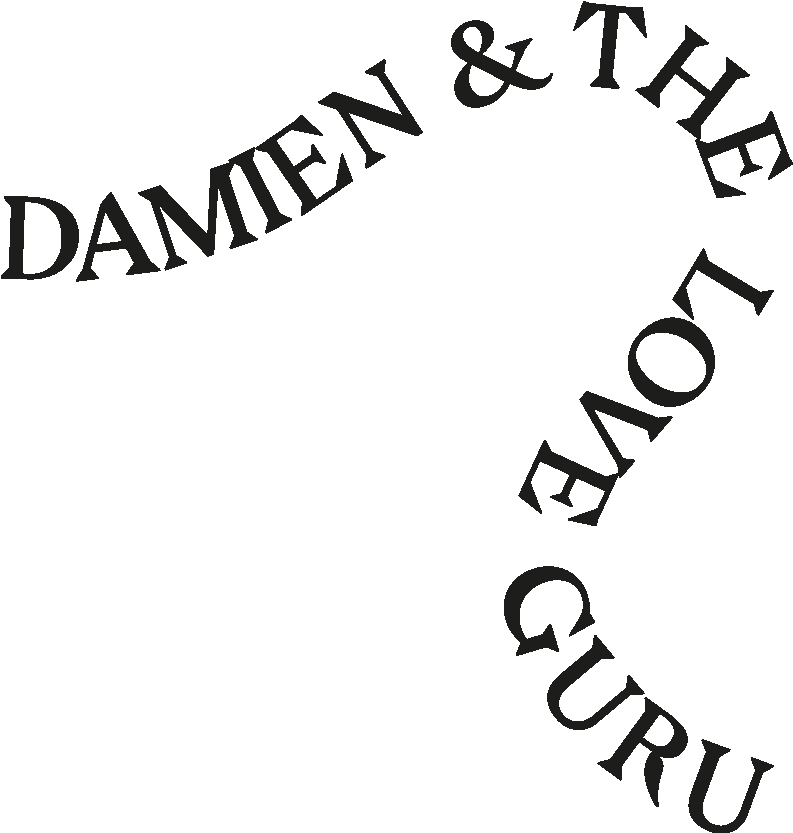Anne Fellner & Mickael Marman
Artissima

Installation view
For this year’s edition of Artissima ‘New Entries’ section Damien & The Love Guru are pleased to exhibit a duo presentation by Anne Fellner and Mickael Marman.
Swiss artist Anne Fellner pursues narrative strategies in her paintings. In her most recent work she has begun to use different colored polyester fabrics instead of the traditional canvas or linen as an image carrier. The background color or “mood” of the painting is thus set by the color of the stretched material. Other mood-setting strategies consist of “indirect” painting methods – i.e. seeping the fabrics in lacquer, resulting in drip landscapes/grids or creating monotypes by stamping formats with the wet paint from another canvas. The resulting Rorschach-like forms are subsequently overworked in a sketch-like, expressive manner in oil or acrylic: mash ups of raw visual material: faces, hands, objects etc. overlap and become the protagonists of her scenes. The perspective of the layered compositions is at times unclear, the characters’ faces guarded and mask-like. The paint struggles to produce a fine quality, yet it seems more to have dirtied the shiny polyester. In a sense it becomes evidence and the painting itself is the scene of crime. Using raw and unprimed fabrics allow Fellner to physically re-adjust her compositions while working in the studio, honing in on certain details or panning out in the sense of a recording camera. In exhibiting the multi-colored, different sized polyester canvases in close succession to each other she creates drastic cuts in the overall narrative of the work. These methods give the work a film-like or performative quality and Fellner asserts her role as confident director of the viewer’s gaze.
In his more recent body of work Mickael Marman departures from landscape watercolors on paper while traveling through the Costa Chica region of Oaxaca, Mexico in the beginning of this year. This particular district is one of the very few places in Mexico where the very marginalized Afro-Mexican culture has a strong threshold. Due to Marman’s geographical background (Norwegian / Gambian) the African diaspora is a significant point of interest in the artist’s research and body of work. The watercolors peddle between figuration and abstraction and in some of these works a figure that appears to be the artist himself surfaces over a beach alleged landscape. The watercolor papers appear in a frame of color and diverse material, such as wood or stones, the artist found in various places where he ventured and afterwards mounted on canvas in the setting of his Berlin studio. With this precise material Marman inclines to grant reference to landscape painting directly in an expansion outside the painting itself and to give this medium a more sculptural appearance. How a location can be depicted, captured or framed in any recognizable quality is brought into question of a temporal subject and a speculative history of material.
The display of Anne Fellner’s works create a fascinating contrast to the small format landscape paintings by Marman. A dynamic presentation sets the tone, while highlighting the qualities of both artists’ singular practices.










Limited Capacity
2018
Oil and spray paint on polyester
120 × 90 cm

Crime Scene
2018
Oil and spray paint on polyester
120 × 90 cm

Gesichtsentnahme/Take my face
2018
Oil and spray paint on polyester
76 × 110 cm

Tromp-l’oeil (Der Englische Garten)
2018
Oil and acrylic on polyester
90 × 60 cm

Point no Point
2019
Oil and lacquer on polyester
150 × 95 cm

M.Painting / el nieve nunca se faltan por las playas en Mexico
2019
paper, stones, spray paint, watercolors, sand, acrylics, stones,
molding paste on canvas
30 x 40 cm

M.Painting / Irrer maler am strand
2019
acrylics, watercolors, spray paint, molding clay, paper on canvas
30 x 40 cm

M.Painting / no se faltas arboles
2019
paper, spray paint, acrylics, watercolors on canvas
30 x 40 cm

M.Painting / a la Izquerda
2019
spray paint, molding clay, watercolors, acrylics, paper, stones ,
sand on canvas
30 x 40 cm

M.Painting / Puntacometa
2019
wood, acrylics, sand, stones, spray paint, molding clay, paper on
canvas
40 x 30 cm

M.Painting / Guzano
2019
spray paint, acrylics, paper, watercolors on canvas
30 x 40 cm
